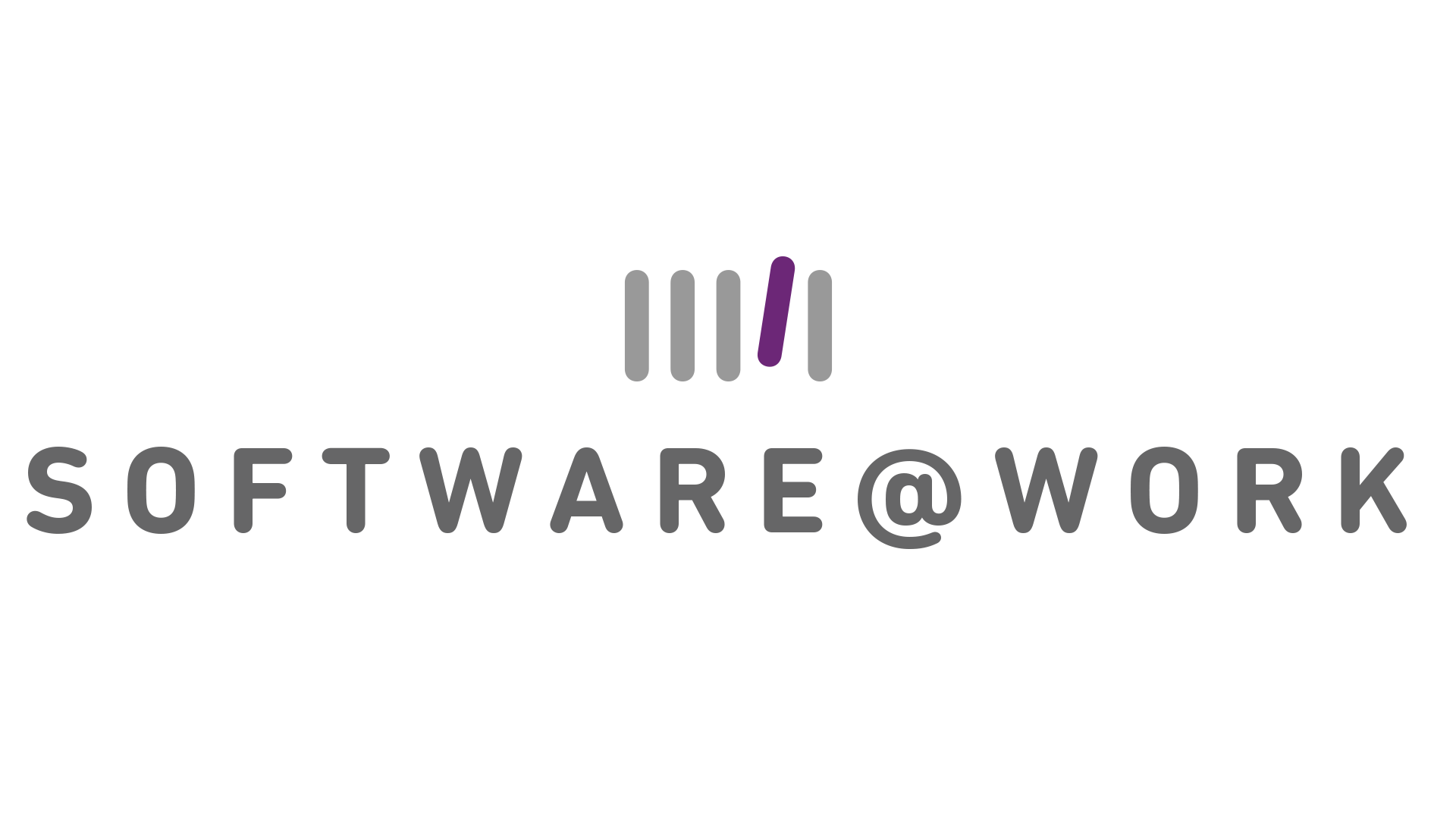About TATA Docomo
Incorporated in 1996 Tata Tele Services Limited (TTSL) is a pioneer of the CDMA 1X Technology platform in India and has been on a steep growth path since the commercial launch of IT services in January 2005 under the brand name Tata Indicom. Today ttsl enjoys a Pan India presence and operates CDMA services across all of India’s 22 Telecom circles.
The TTSL network has been rated as the “least congested” in India for the last five consecutive quarters by the Telecom Regulatory Authority of India on the basis of independent service.
Tata DOCOMO, Tata Teleservices Limited’s GSM brand arose out of the TATA Group’s Strategic Alliance with Japanese Telecom major NTT Docomo in November 2008. Tata Docomo launched commercial operations in June 2009 and marks a significant milestone in the Indian telecom landscape – in just six months. TATA DOCOMO has refined the very face of telecoms in India, having pioneered the per second tariff, part of its “Pay for what you Use” pricing paradigm.
Client’s Brief
To Cater to the needs of its subscribers – existing and new ones – Tata Teleservices limited has a 5000 strong distributor network. This network was set up over the years in a staggered manner many of these distributors were using multiple and disparate IT systems for the sales and accounting operations resulting in delayed information flow to the company. The fact that this data was coming in vide different formats also created a challenge for the company, in terms of meaningful consideration and subsequent analysis of the vast information flow.
Furthermore, dedicated internet access wasn’t always available to create online invoices causing duplication of data entry between the distributor’s accounting system and the centralized system at TTSL. Tracking product movement across the supply chain didn’t yield the required visibility to sales trends while manual processes slowed down order processing. Also, it became quite apparent to the company that timely information access would help expedite the clearance of sales commissions and incentives to the ecosystem.
Also, timely information would help expedite the clearance of sales commissions incentives etc to the ecosystem
Solution Provided
TTSL has an online staging table (eSSTA) that mediates data flow between the ERP system to distributors – Tally.ERP 9, using HTTPS protocol (Web services). A tight integration ensures that both applications seamlessly communicate with each other with the single click of a button. Security of data is also maintained by validating the request sent by the distributors and vice versa.
“Given the massive scale of the rollout, it was essential that the integration be very cohesive,” said Mr. Vikram Seth, CEO of Software@Work IP Ltd. (Master Tally Partner)
“Tally.ERP9 keep track of the status of delivery of each transaction sent to eSSTA – hence, the integration process ensures that there is no loss of data during the process of interchange”
All relevant information like product Masters (SKU’s), invoice to the distributor, retailer price lists, retailer incentive details, distributor credit limits, claims, commissions, etc. are downloaded from TTSL into the TALLY.ERP9 at the distributor’s end, maintaining uniformity across the supply chain.
The replenishment of stocks to distributors happens in the following manner- the distributor can raise a purchase order on TTSL either manually or the system can auto-generate the PO based on the reorder levels set for each item. The PO is processed at TTSL after verifying the payment details and the status of the PO is updated at the distributors end on the basis of the availability of stocks at TTSL.
Material is then shipped to the distributor and an electronic invoice with complete item details sent to the distributor’s Tally.ERP 9, which eliminates manual entry of all these transactions.
The transfer of the distributors’ sales details are sent back to eSSTA from Tally.ERP9 on scheduled intervals. Similarly, Customer Application Forms details are entered by the distributor and published to TTSL. Claims are also updated in Tally by distributors and then sent to the eSSTA.
To help distributors manage the inventory judiciously, certain reports are provided seamlessly – for instance, Stock Ageing Report, Stock Movement Report, Stock Queries, Salesman – Area-wise Reports, Salesman- Retailer wise Reports etc.


